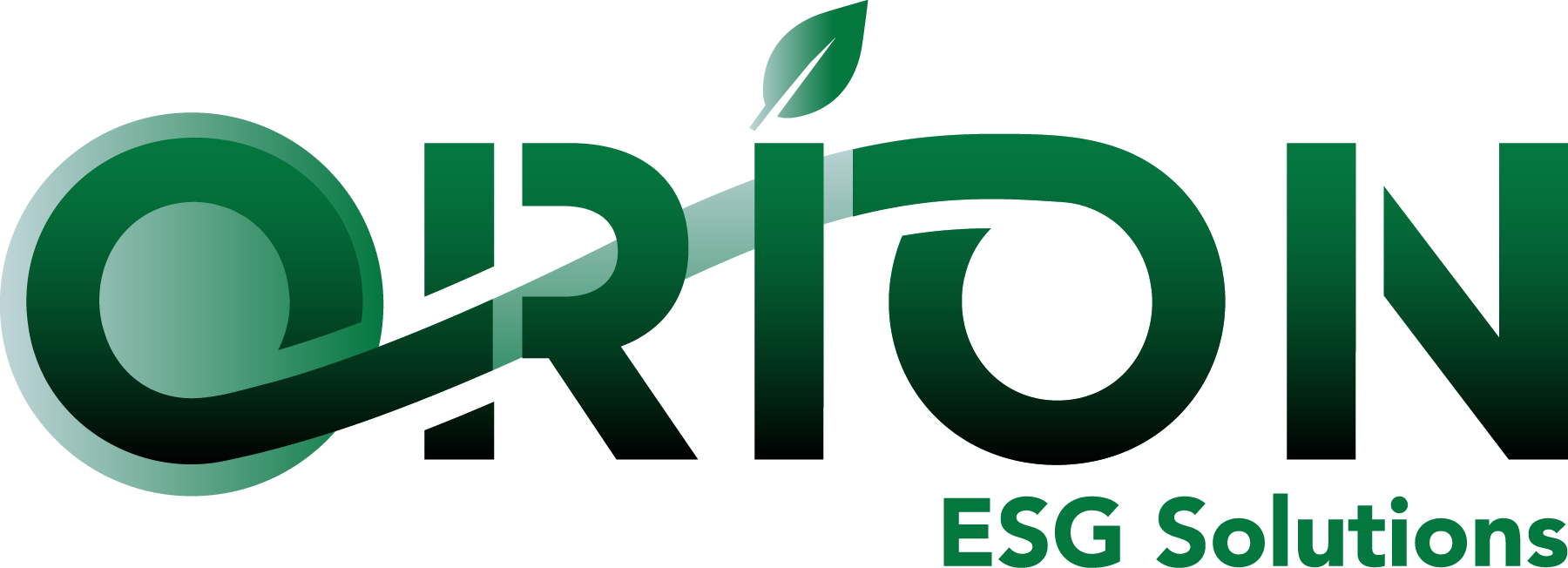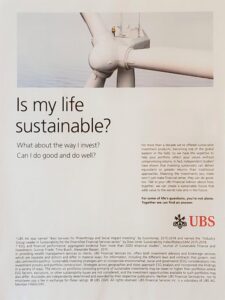Can We Keep Sustainability Alive While Coping with COVID-19?
Just as companies were getting up to speed with their sustainability efforts, Covid-19 suddenly threatened their very survival. Can they maintain their sustainability initiatives as they deal with existential challenges?
Executives are saying that they will use Covid-19 as an opportunity to lean in on sustainability, as the pandemic has highlighted the importance of critical ESG factors. If the past is any indication, sustainability will remain a top priority even as companies focus on survival. So what can CEOs do now to help mitigate the effects of the outbreak on sustainability and come through stronger on the other side?
Treat employees fairly. The Covid-19 crisis is a time to focus on your most important asset: people.
Help the broader community. Redirect facilities to crisis-critical activities, such as medical supply production or community support.
Help the broader community. Redirect facilities to crisis-critical activities, such as medical supply production or community support.
View critical actions through a sustainability lens. When you embark on cost initiatives and other newly critical actions, use sustainability as a priority criterion.
Maintain today’s positive actions. Studies have found that initiatives introduced in a moment of change are more likely to stick later. Companies can decide which crisis-response actions would support a more sustainable future.
Take advantage of M&A to build critical capabilities. Companies that have a strong balance sheet recognize the importance of emerging stronger from a downturn.
Review risk assessments based on the crisis; then act. Companies must get ready now for a range of scenarios to come.
Anticipate new sustainability-driven opportunities. Seize on sustainability tailwinds brought about by the crisis, and embed that into your strategy.
Help the broader community. Redirect facilities to crisis-critical activities, such as medical supply production or community support.
Inspired by a paper published by Brian & Company



